Riders, directors react to California time trial change
Organisers' decision is praised, while shorter route at lower elevation alters GC dynamics
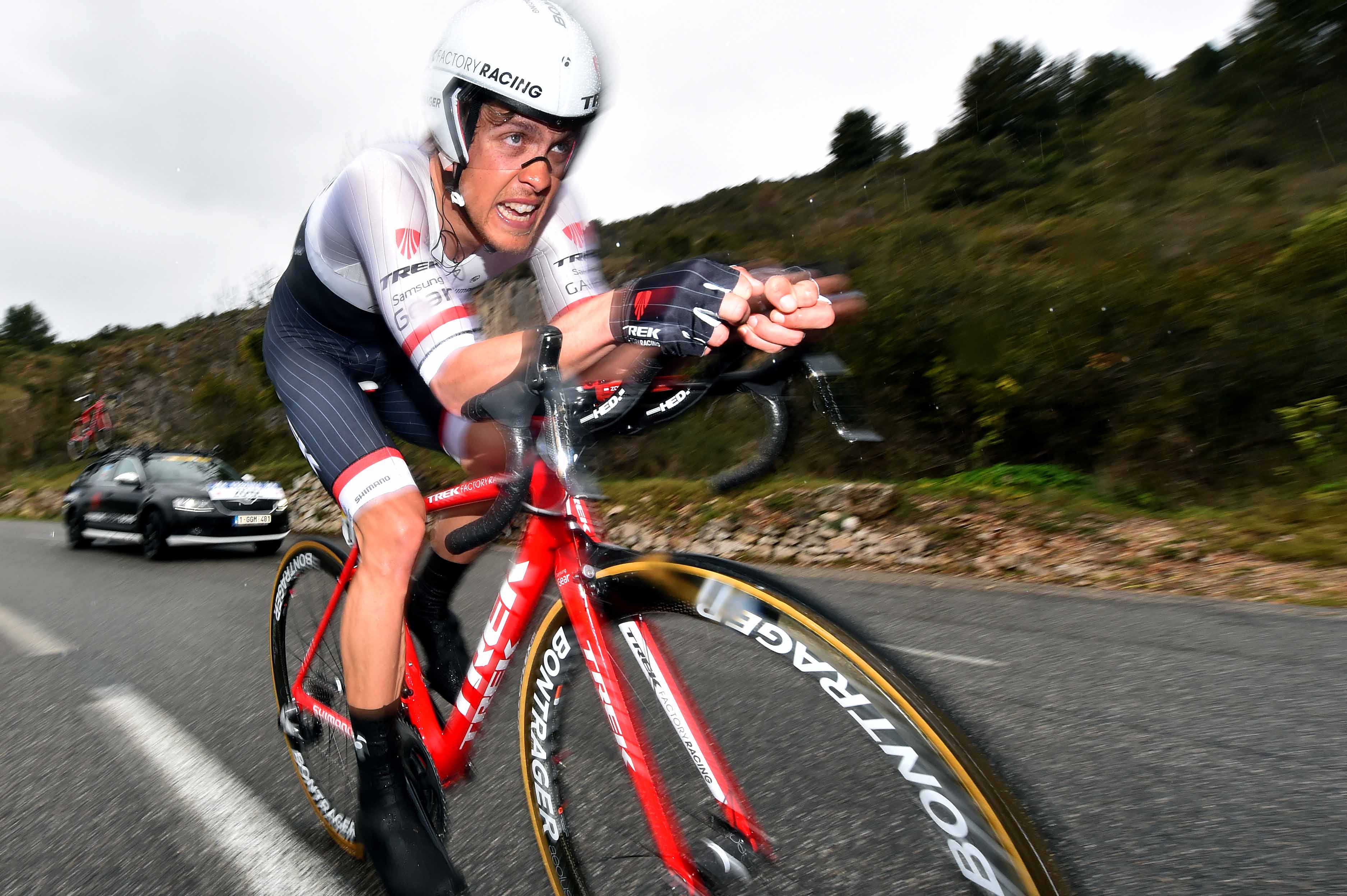
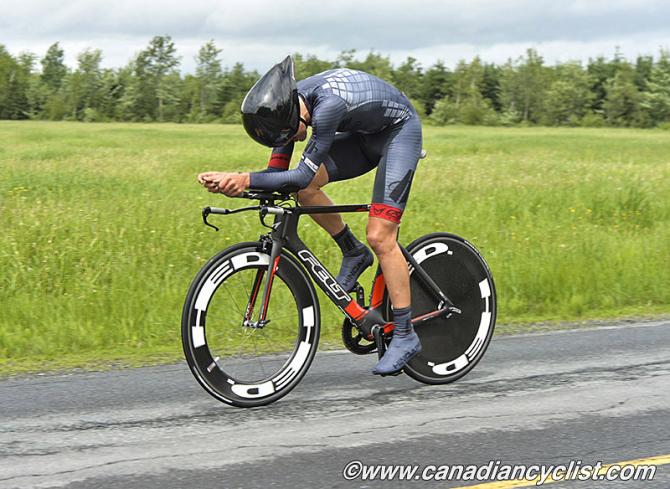
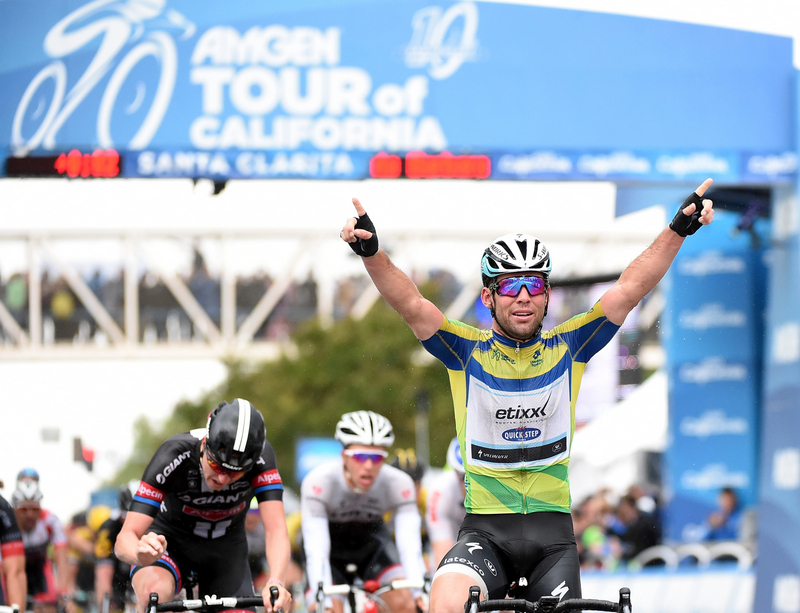
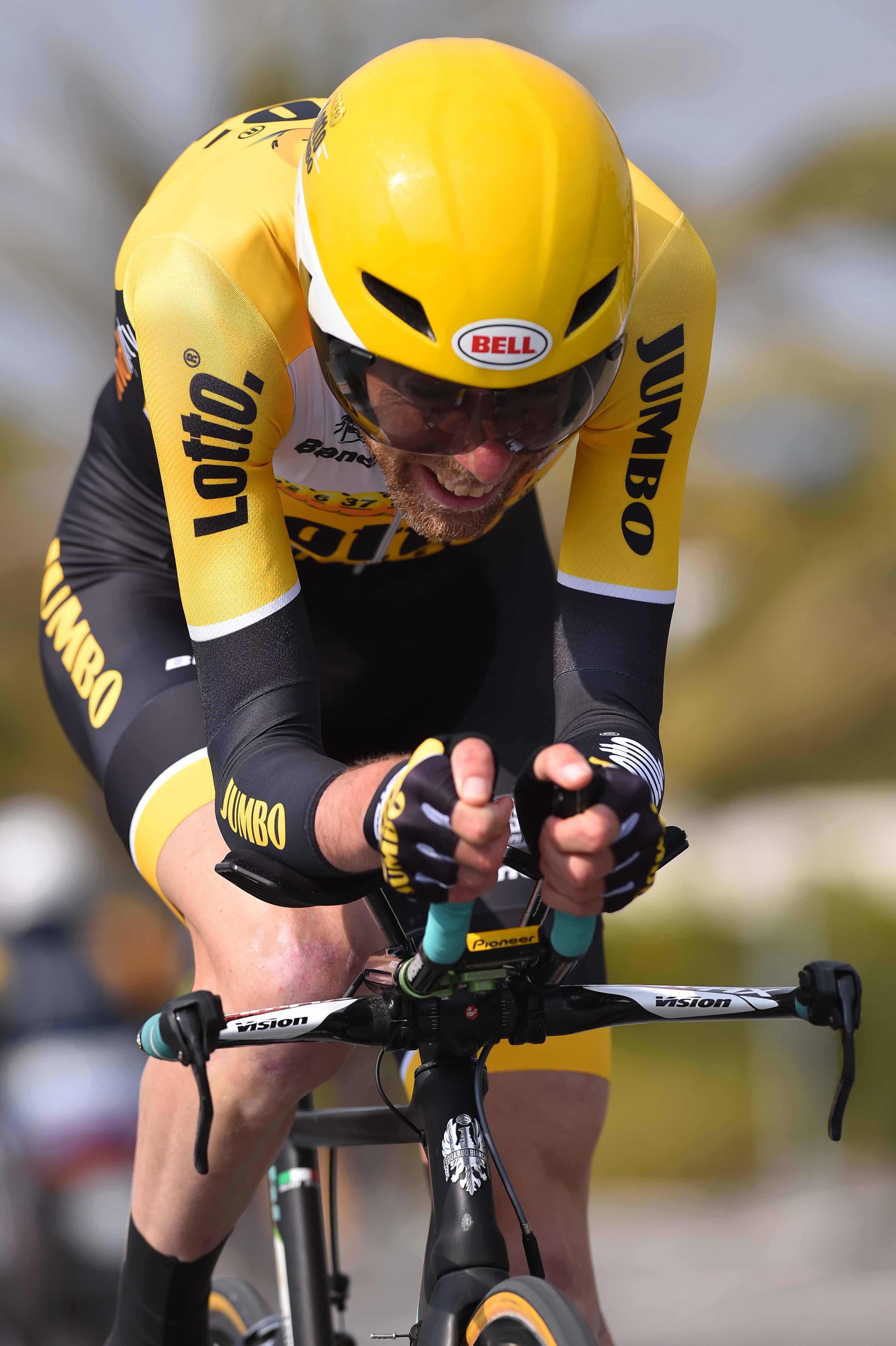
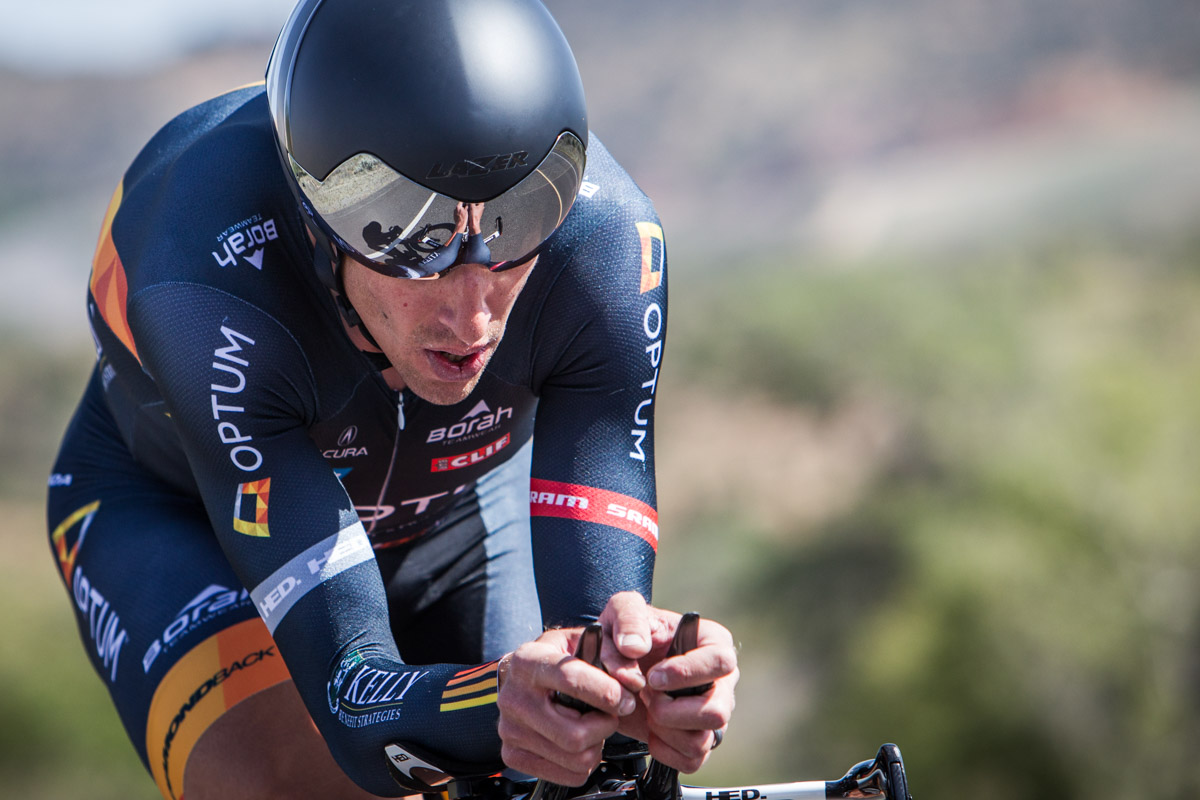
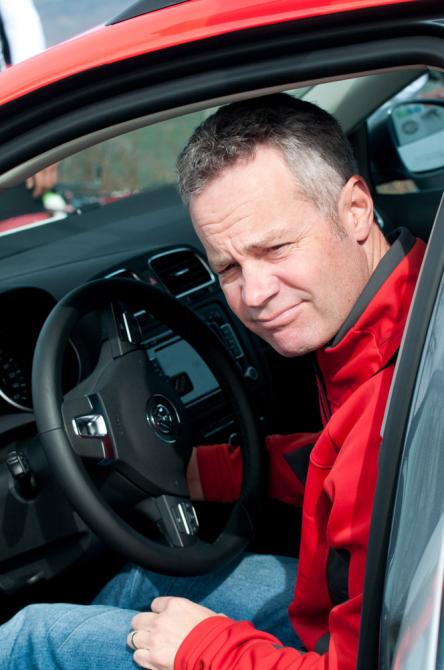
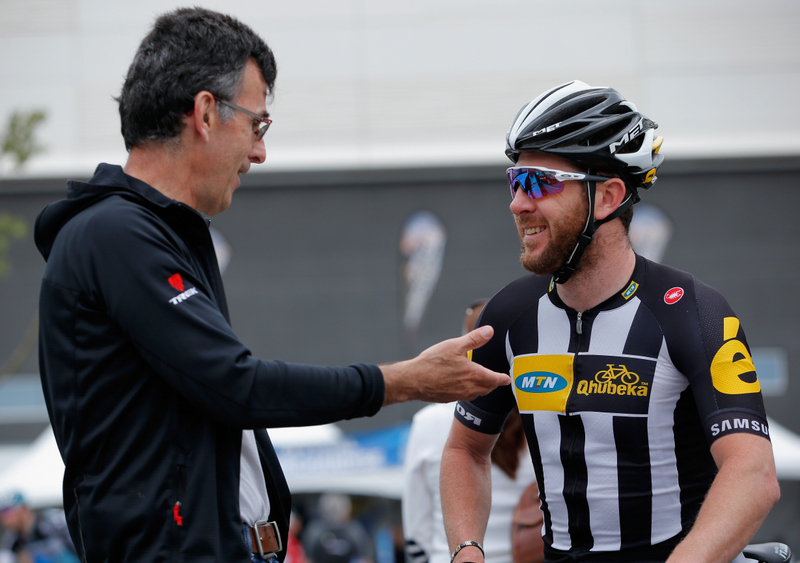
The Tour of California's decision to move Friday's time trial from Big Bear Lake to Santa Clarita because of forecasted snow at the initial venue came as welcome relief for riders, staff and the small army of people who make the race happen.
Jim Birrell, president of Medalist Sports, which organises the race for owner AEG, said when the decision became an issue of safety, the answer was easy.
"When you're dealing with mountain ranges – and certainly after learning our lesson in 2011 – we definitely had to have a contingency plan," Birrell said. "We really started activating that plan before the commencement of the 10th Amgen Tour of California.
"We deployed resources to the Santa Clarita area earlier in the week to start finalising the plan that we had in the back of our mind."
The original 24.2km time trial at Big Bear Lake, which sits at 2,100 metres of elevation, has been replaced by a 10.6km time trial that will start and finish at the Six Flags Magic Mountain amusement park not far from Thursday’s finish.
Competing on a considerably shorter, flatter course at sea level is obviously a much different challenge than the longer route at higher elevation, and it will mean the time trial specialists will have a limited opportunity to put time into the other GC rivals. It could also open things up for a much wider array of potential winners.
Cyclingnews spoke with several riders and directors at the start of stage 5 in Santa Barbara before news had been released about the new route, and then again at the finish in Santa Clarita after the 10.6km replacement was official.
Get The Leadout Newsletter
The latest race content, interviews, features, reviews and expert buying guides, direct to your inbox!
Mark Cavendish (Etixx-QuickStep)
I think Medalist Sports handled this situation in an incredible manner – really efficiently and professionally and really took into consideration the sponsor of the race, the riders and everybody involved, and I think come to a very, very reasonable decision. It's a very fair decision. It keeps the race going, but also looks after the best interests of the sponsors, the riders and the teams. I take my hat off and say thank you to them.
Toms Skujins (Hincapie Racing)
For sure it will help me a lot that the race is not at altitude. Because I haven't been that great at altitude, but there will still be a race tomorrow and we have to try as hard as we can. After that we’ll look forward to Baldy. Look forward to seeing where the legs stand in terms of trying to stay with the best climbers.
Thomas Craven, Hincapie Racing team director
It's unfortunate for the guys who were sort of keying off of that altitude. I guy like [Tom] Zirbel could win that thing. He's won that thing every time we've been up there.
For us it means Toms will lose less time to the time trial guys. I mean he could have a great time trial there, too. Altitude would affect us much more so than some of these other guys as well.
Nobody's going to ride in the snow. You have to deal with it, so at least they're making a plan. It's not like we're in Mexico or something like that where they just say, 'Oh, we're not going to have it.' They gave everyone time to prepare for it. They've got to do what they've got to do. You have to make it competitive, but you also need to think of the riders and staff and everybody else too.
Laurens ten Dam (LottoNL-Jumbo)
It's better for me maybe. I'm already out of GC, so for me it doesn’t matter anymore. I haven't been at altitude, and a 25km TT at altitude makes a difference if you're not used to it. So I think maybe it would be better for the Colombians or the guys who spent some weeks at altitude two weeks before.
It's a good decision so that the question is out of mind. It's OK. I think they had a good plan B, so credit to the organisation. Unfortunately we won't be at Big Bear because it's nice up there. It's nice to be there. Maybe it would be better to make a mountain finish or something.
Janez Brajkovic (UnitedHealthcare)
The decisive stage is going to be Baldy, of course, so I think if you are climbing well you'll have more chances. Personally, I haven't been time trialing very well this year, so I think it's even better for me.
Also it's not as stressful transferring up to Big Bear and back down. It's a four-hour drive altogether, so it will be more relaxed I think — easier for the teams. And of course they made a great decision. It's snowing up there, so that doesn't make any sense. It won't be as decisive, but it's still going to be crucial not to lose time in the time trial to the other favourites.
Danilo Wyss (BMC Racing)
I think it’s really important for the race organiser to have a back-up plan. Like for the time trial tomorrow, it’s really good for the organiser to change it and have it here.
We are racing a lot. We race always on a high level and on the limit with our physiques, so if we are racing in really bad conditions can be really hard for us I think, and we don’t have to go over the limit. I think the organisers understand this always more and more.
Ted King (Cannondale-Garmin)
I think it was a very sage move. Everybody handled it well: Medalist, Amgen. It sounds like Big Bear Lake has received the news well. There are a lot of logistics that aren’t thought of, like taking buses up on chain-mandated passes and that sort of thing.
Long story short, I think it’s been handled really well. We certainly feel bad, but I trust we’ll be back at Big Bear some time.
Ricardo Zoidl (Trek Factory Racing)
For me it is much better because I didn't do altitude training before. I'll do much better at sea level, so I'm happy that it's changed now. [Zoidl commented before learning the new route was only 10.6km, ed.]
It's always possible that we have no rain or something, but it's better that you know before. It's very good decision because in some other races you would go in the snow.
If it's on the balance, it's better that you stay safe and don't take the risk to have the shit weather or you have to cancel the event. This is much better.
Alain Gallopin, Trek Factory Racing team director
10.6km? This is not good for me because I have a guy like Riccardo Zoidl is a specialist in the TT. He is my leader here, and we expect to make some difference in the TT. It's not good news for me. And it's pretty flat? Eh, no. I hope to do something strong tomorrow, but now, 10km, not good. But Zoidl is a good climber, so maybe he can do something in Mt. Baldy.
I think we saw four years ago when they cancelled the stage in Lake Tahoe, it was a good decision, and I trust the organisation when they think it’s not a good idea to go in the mountains when we will find the snow. They always make a good decision. It's a very good organisation, and honestly, I trust them.
Joe Dombrowski (Cannondale-Garmin)
Seeing as I don't actually know what the TT course is yet, I have no idea. I assume it will probably be a similar distance, pretty neutral type of TT.
There's been a lot of talk about [racing in extreme weather] in the last couple of years, and to see a race actually do it and have an alternate stage is really impressive. I think it's great.
Danny Pate (Team Sky)
I don't think there's a standard or right way, but I think it's definitely a lot better than doing it the night before or waiting until the last minute and then changing or having to cancel it or whatever.
I think it's a really good move by them. I think it's a really good decision on their part to kind of move ahead of the weather. Usually they try to follow it and then wait until the last second and change it. I think they've made a good choice.
It's difficult when you have cities paying money for starts and finishes. Short answer is yes, but the long answer is it's just not that simple.
Ben King (Cannondale-Garmin)
I think it's fair to the organisers, the host city and the fans. It makes for less confusion, less frustration on the day of the race. They saw it coming and they had a back-up plan in place already. It's impressive, and that's the way it should be.
Sometimes it's not possible. It's not always easy to predict the weather. It's one of those things that’s difficult because we don't play in a stadium. You can't call a time out. In general, we're all pretty tough guys. We've all raced in poor conditions, but I think the more heads up the better. I think it's commendable for what the organisers did here.
Jackson Stewart (BMC director)
They handled it perfectly. The organisation is really top class here. They didn't even have to really enact the weather protocols because they just avoided all that by moving it. You could tell they had a few options and they were able to make it happen. I still don't know the exact course, but they've communicated to us that it will be there in Santa Clarita and it'll be a flatter time trial and shorter.
The problem is for us we wanted a hard, long time trial, and I'm sure the organisation did, too, to make a good race. The interests for everyone — for the riders, for the teams, for the race, they're all the same. We want to not race in snow, and we want to have a good competitive event, so they really had to compromise. But we'll take it because it's well organised and well thought out, and there's nothing you can do about it.
Ian Boswell (Team Sky)
Yeah, it's good. I think it's one of those things where sometimes they try and delay it long enough and then who knows, maybe it doesn't snow, and then they say, 'Oh, we should have done it.' But I think it's best they made a decision and it's clear cut, this is what's happening. That's it and we have more than enough time to prepare for it.
With this new North American riders' union pushing things, it's good to finally hear some people making a change. I heard some people talking yesterday, and the riders want to be safe, the promoters want it to be a good event and it's not good if the promoters make us do it and then everyone is complaining about it and people don't get along.
Brian Holm, Etixx-QuickStep director
It was a fast decision by the race organisers and I give them credit for changing the location so early.
Growing up in Missoula, Montana, Pat competed in his first bike race in 1985 at Flathead Lake. He studied English and journalism at the University of Oregon and has covered North American cycling extensively since 2009, as well as racing and teams in Europe and South America. Pat currently lives in the US outside of Portland, Oregon, with his imaginary dog Rusty.